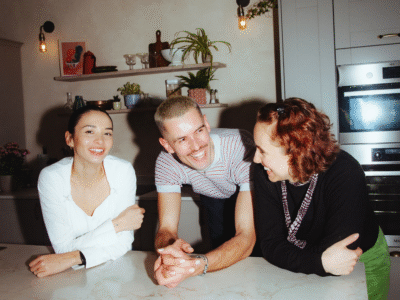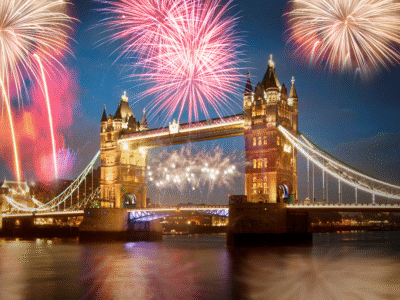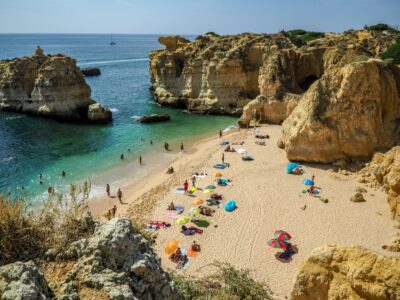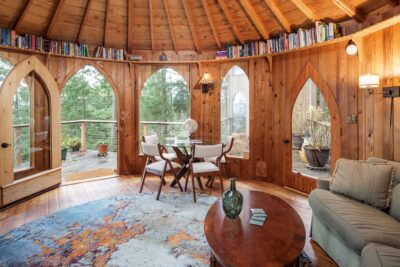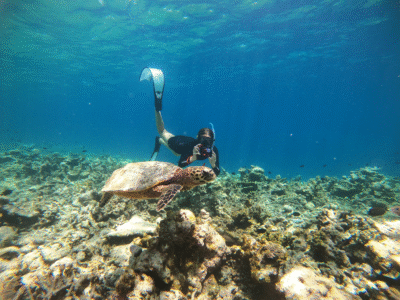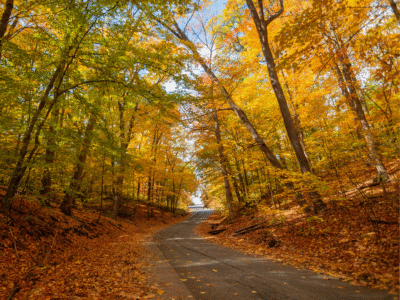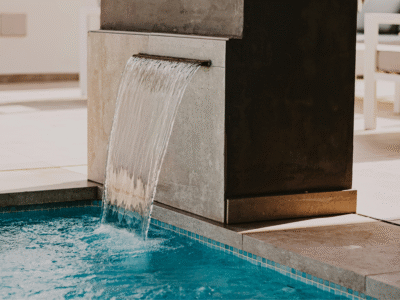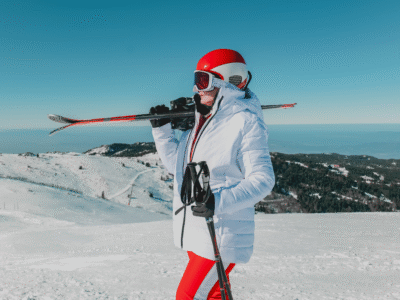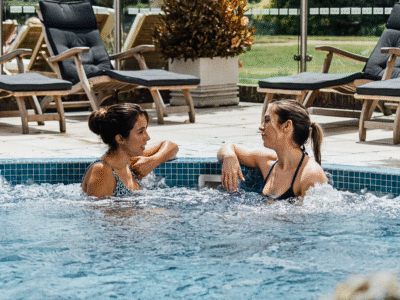Spend your holiday in Slovenia’s picturesque valley, exploring natural beauty and ancient architecture on foot or by bike.
An hour’s drive south of Slovenia’s capital city of Ljubljana, Vipava Valley runs between the towns of Nova Gorica and Vipava. Serving as the main passage between the Friulian lowland and central Slovenia, the valley creates a corridor connecting Northern Italy to Central Europe. It offers magnificent scenery from hills and mountains to ruined castles, beautifully preserved gothic churches and charming villages, and produces a range of outstanding red and white wines. This Slovenian destination is perfect for avid cyclists, expert hikers and adrenalin junkies who love cliffs and clear waters.

Where to eat and drink in Vipava Valley
The mild Mediterranean climate, its proximity to the sea and constant wind has created a vibrant viticulture in the Vipava Valley, and as a result more than 3,000 acres have become covered with grape vines, producing 25 different grape varieties throughout the year. Indigenous wines such as Zelen, known as the ‘king of the Vipava Valley wines’, are produced and sold in many wine cellars and shops in the valley. Faladur, a wine shop and tasting room, is one of the top choices for experiencing the food and wine in the Vipava Valley, with a range of wine tastings and cheese, ham and olives to accompany. Meanwhile, Gostilna Podfarov serves seasonal, regional dishes right on the banks of the picturesque Vipava River.
Where to stay in Vipava Valley
Situated on the side of the Vipava Valley, above the town of Vrhpolje, Theodosius Forest Village not only gives expansive views across the valley’s fields, towns and vineyards, but allows you to be immersed in nature while staying in a luxury wooden cabin. Best suited for couples, the accommodation is modern and space-efficient, allowing as close a connection with the surroundings as possible. Visitors will be able to relax listening to the sounds of the forest during the day or watching the stars at night on the balcony. A range of services and activities are also available from the hotel, such as bike tours and rentals, hiking and fishing, along with a help desk that can answer any questions or give recommendations needed for restaurants or travel.
Alternatively, another welcoming retreat in Vipava Valley is Borea Rooms. This restful haven has been repurposed to accommodate all the necessities of modern living while also offering the chance to experience nature’s greatness on your doorstep. It’s located in Budanje, a small, typically Slovenian village in the shadow of the Nanos mountains.

What to do in Vipava Valley
For many, wandering through the extensive forests, fields and towns and experiencing the vast variety of food and wine might be more than enough to fill a visit to Vipava Valley. However, the valley’s history can be experienced by a visit to the Vipava Castle ruins, locally known as Stari Grad or Old Castle. Built in the 12th century, the castle changed hands many times between knights and aristocracy, most notably into the hands of the Habsburgs in 1344. From the 15th to 17th century it was owned by the Lanthieri counts, but after the construction of Lanthieri Manor, in Vipava, the castle was abandoned, turning to ruins. A 30-minute walk from the town of Vipava, it’s a popular hiking spot for both locals and travellers, providing some of the most spectacular views across the valley from the base of the Nanos plateau.


